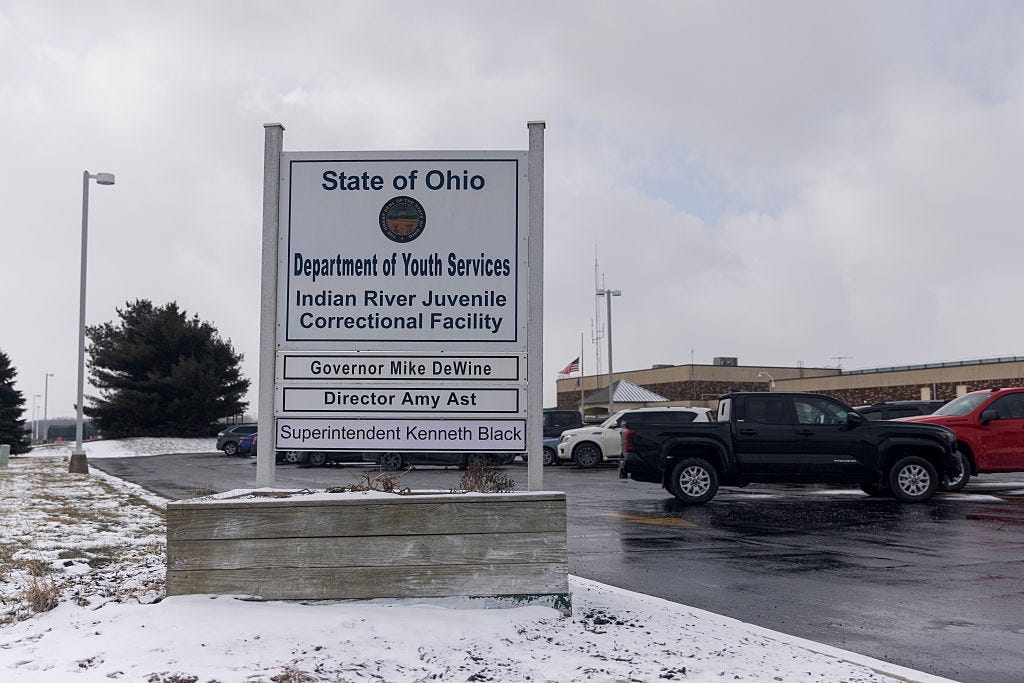Clarifying Misinformation: What the Supreme Court's Decision in Ames v. Ohio Actually Means

IN BRIEF: On June 5, the Supreme Court released a unanimous opinion in Ames v. Ohio Department of Youth Services, an employment discrimination case centered on the legal application of Title VII of the Civil Rights Act of 1964. The case made its way to the Supreme Court after Marlean Ames filed a lawsuit claiming her employer, the Ohio Department of Youth Services, denied her a promotion for being a heterosexual woman.
The court ruled that the U.S. Court of Appeals for the Sixth Circuit made an error when applying a heightened evidentiary burden to the plaintiff’s case, meaning they incorrectly claimed Ames needed to provide a higher-than-normal amount of evidence to prove she was discriminated against at work. However, a number of news outlets have put out articles or attention-grabbing headlines that misinterpret and overread the court’s decision.
WHY IT MATTERS: The Supreme Court did not disturb important legal standards under Title VII or reject the idea that courts may consider the unfortunate realities of pervasive and disproportionate discrimination against LGBTQ+ people, Black communities, and other historically marginalized groups in America. Articles that suggest otherwise could lead to unnecessary confusion and fear for business owners looking to ensure they are in compliance with anti-discrimination laws. The Legal Defense Fund (LDF) offers the following points to clarify the court’s decision:
The court’s decision in Ames v. Ohio simply clarifies that everyone is entitled to Title VII’s protections regardless of whether that person might be considered a minority or not. The law must be applied equally to everyone.
Nothing in the Supreme Court’s decision means that white employees are at an advantage when attempting to take employment discrimination claims to court. What the court did was correct a misunderstanding several lower courts had regarding how to apply the relevant legal test.
America has a shameful history of workplace discrimination against LGBTQ+ people, Black people, and countless others. For many marginalized groups in our country, workplace discrimination is not a relic of the past — it’s a stubbornly persistent reality. The court did not deny this. Instead, Justice Ketanji Brown Jackson, writing for a unanimous court, reiterated that what is required for a person to prove their case of discrimination will vary from case to case based on the facts.
This is not a loss for diversity, equity, inclusion, and accessibility initiatives. Ames did not challenge a diversity, equity, inclusion, and accessibility initiative, and the Supreme Court’s majority opinion did not mention diversity, equity, inclusion, and accessibility.
LDF AT WORK: In January, LDF and several other civil rights organizations submitted an amicus brief in Ames v. Ohio urging the Supreme Court to reaffirm foundational civil rights cases that govern Title VII’s protections for all employees. To learn more about this case, please visit our website or watch this new video explainer.



